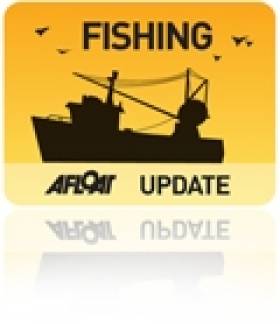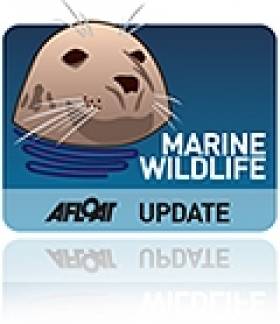Displaying items by tag: Cumbria Wildlife Trust
Cumbrians Urged to Try New Fish to Save Irish Sea Stocks
#FISHING - Seafood lovers of Cumbria in north-west England have been urged to broaden their tastes to save depleted stocks of their favourite fish in the Irish Sea.
According to the News & Star, some 80% of Britons "insist upon eating just five types of fish – cod, tuna, salmon, prawn and haddock."
But the Cumbria Wildlife Trust says that with coastal waters facing the serious threat of overfishing, a rethink is needed among both consumers and suppliers alike.
“The Irish Sea has a wide range of edible fish species but you wouldn’t know it judging by the fish counters in supermarkets across the county," says Lindsay Sullivan of the trust's Wild Oceans project, an 18-month scheme that hopes to "turn the tide for seafood".
A big part of this is encouraging consumers to skip the usual white fish and try different species such as flounder, monkfish and red mulllet, creating demand for cheaper and more sustainable fishing.
The News & Star has more on the story HERE.
Leatherback Turtle Sign that Irish Sea Hides Wildlife Wonders
#MARINE WILDLIFE - A rare leatherback turtle washed up in Cumbria could be a sign that the Irish Sea is hiding an unknown bounty of marine wildlife.
The Cumbria Wildlife Trust told The Westmoreland Gazette that the find reinforces calls for the Irish Sea region to be designated as a Marine Conservation Zone.
Leatherback turtles are on the critically endangered list, and face any number of threats, from injury by boat propellors, to drowning in fishing nets below the surface.
The green waters of the Irish Sea are a big attraction to leatherback turtles and species from the Caribbean and other far-away climbs due to their abundance of food.
The Westmoreland Gazette has more on the story HERE.

























































